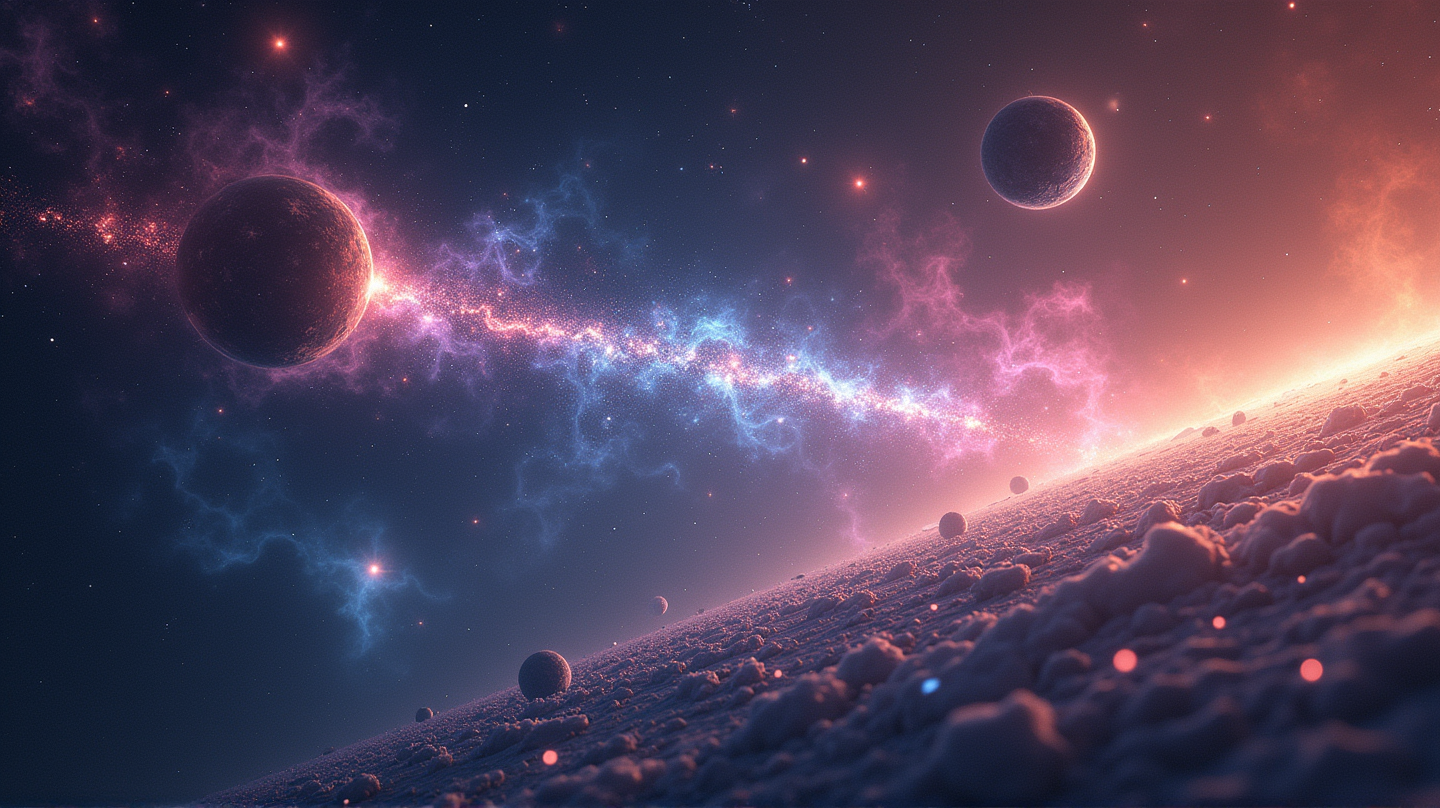Cosmic Revelation: Ingredients for Life Detected Beyond Our Galaxy
Scientists discover complex organic molecules, 'seeds of life', in ice around a young star far beyond the Milky Way, sparking new possibilities.

The age-old question of whether life exists beyond our blue planet might just be a step closer to an astonishing revelation. For centuries, Earth has been our only reference for life, boasting an incredibly diverse ecosystem thriving from ancient oceans to towering dinosaurs, to the modern human quest for cosmic company. Now, courtesy of the James Webb Space Telescope, we’ve detected the fascinating ‘seeds of life’, casting a new light on our understanding of life’s chemistry even beyond our galaxy.
A New Discovery by James Webb
In an awe-inspiring discovery, the James Webb Space Telescope, with its sophisticated infrared instruments, has detected complex organic molecules—methanol and acetic acid—frozen in the icy dust surrounding a protostar in the Large Magellanic Cloud. This small galaxy, 160,000 light years away, hosts the first confirmed detection of such molecules outside the Milky Way, signaling that life’s chemistry knows no borders. The revelation suggests that prebiotic chemistry can occur even in the harshest cosmic environments, irrespective of elemental abundance.
Interstellar Meaning: A Glimpse into Universal Life Chemistry
The presence of these molecules around a young star is not just a scientific milestone but a potential beacon of hope for astrobiology. These complex carbon-based molecules, vital precursors for life, indicate that life’s building blocks could form universally, perhaps silently lurking in star-forming regions throughout the universe. This also intimates that the early universe may have been chemically richer, harboring life’s precursors in abundance. As stated in The Times of India, this staggering view of life’s chemical potential stretches the scope of our cosmic quest.
The Enduring Quest for Extraterrestrial Companions
For decades, humanity’s search for life has traversed monumental milestones—from detecting thousands of exoplanets and searching for signs of life on Martian meteorites to investigating organic substances on distant moons like Europa and Enceladus. Each discovery, though not providing definitive proof, has underscored the possibility of life thriving in extraterrestrial realms.
Encounters and Speculations: A Public Fascination
Outside the domain of science, public curiosity has been shaped by compelling yet unofficial anecdotes of alien encounters and UFO sightings, perpetuated by historic events like the 1947 Roswell incident and ongoing military disclosures about Unidentified Aerial Phenomena (UAP). While lacking conclusive evidence, these narratives nonetheless fuel the human imagination, pondering what lies in the cosmic beyond.
Charting New Frontiers with Future Observations
This monumental finding by the James Webb Space Telescope signifies much more than a singular accomplishment. It is a call to delve deeper into distant star-forming regions to establish whether this potential for life’s chemistry is an extraordinary occurrence or a common cosmic reality. Only time and scientific endeavors will reveal whether this discovery is indeed the norm in our vast universe.
As we stand on the precipice of anew cosmic understanding, it is becoming increasingly clear that finding life’s echoes in the stars around us is merely a matter of time and exploration.

